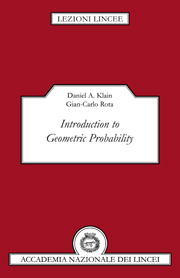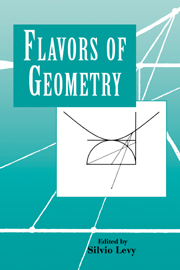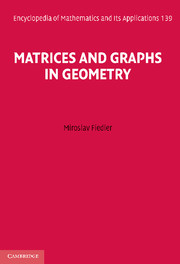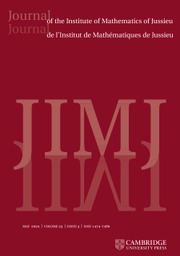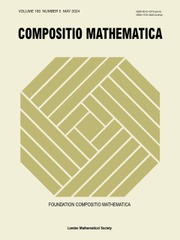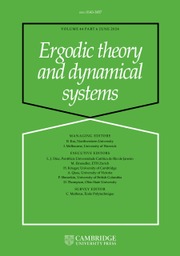Introduction to Geometric Probability
The purpose of this book is to present the three basic ideas of geometrical probability, also known as integral geometry, in their natural framework. In this way, the relationship between the subject and enumerative combinatorics is more transparent, and the analogies can be more productively understood. The first of the three ideas is invariant measures on polyconvex sets. The authors then prove the fundamental lemma of integral geometry, namely the kinematic formula. Finally the analogues between invariant measures and finite partially ordered sets are investigated, yielding insights into Hecke algebras, Schubert varieties and the quantum world, as viewed by mathematicians. Geometers and combinatorialists will find this a most stimulating and fruitful story.
- First book on subject
- Presentation is not too technical
- Very distinguished author
Reviews & endorsements
'Geometers and combinatorialists will find this a stimulating and fruitful tale.' Fachinformationszentrum Karlsruhe
' … a brief and useful introduction …' European Mathematical Society
Product details
February 1998Paperback
9780521596541
196 pages
216 × 138 × 12 mm
0.23kg
5 b/w illus. 1 table
Available
Table of Contents
- Introduction
- 1. The Buffon needle problem
- 2. Valuation and integral
- 3. A discrete lattice
- 4. The intrinsic volumes for parallelotopes
- 5. The lattice of polyconvex sets
- 6. Invariant measures on Grassmannians
- 7. The intrinsic volumes for polyconvex sets
- 8. A characterization theorem for volume
- 9. Hadwiger's characterization theorem
- 10. Kinematic formulas for polyconvex sets
- 11. Polyconvex sets in the sphere
- References
- Index of symbols
- Index.

